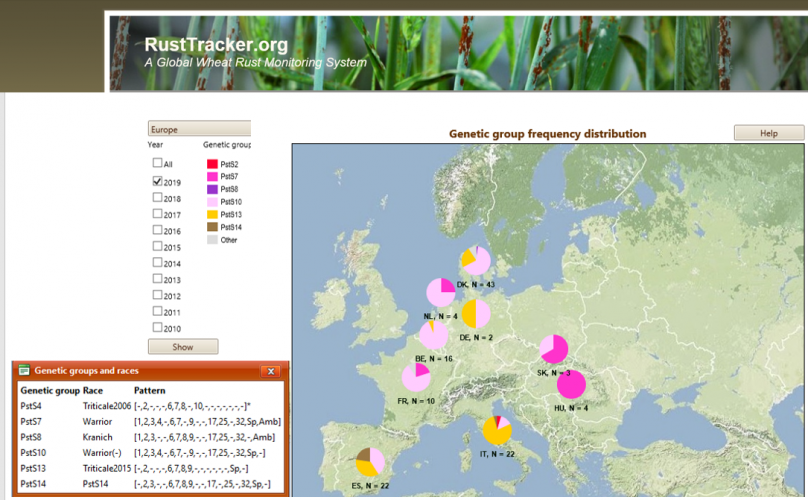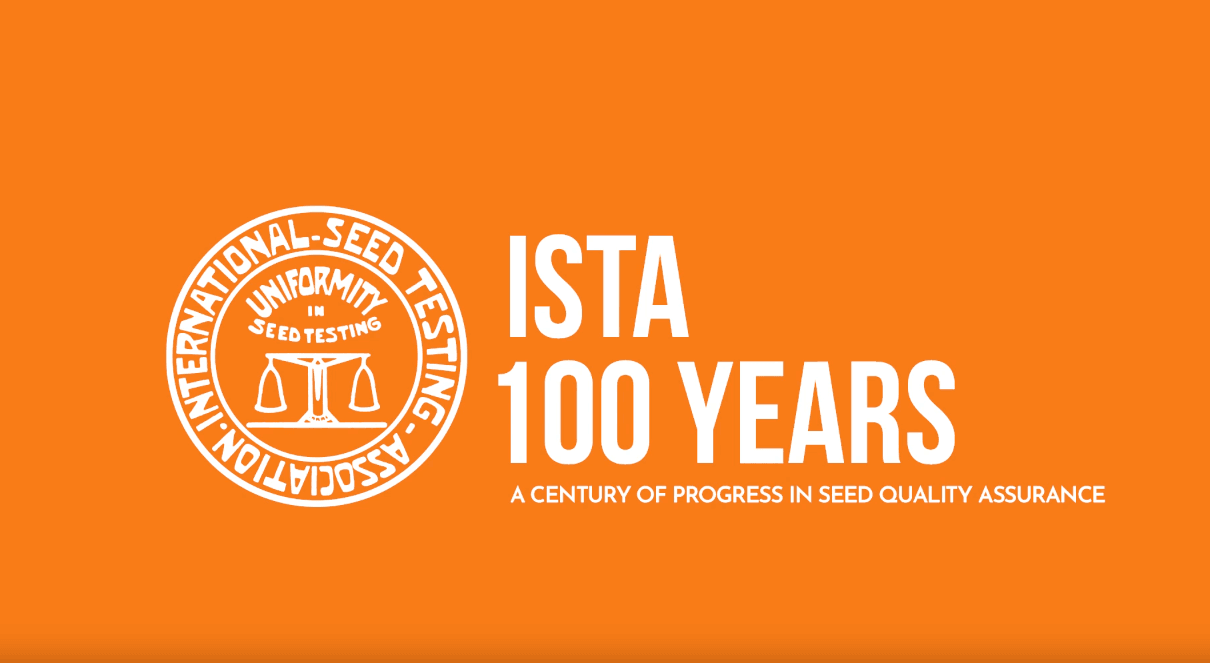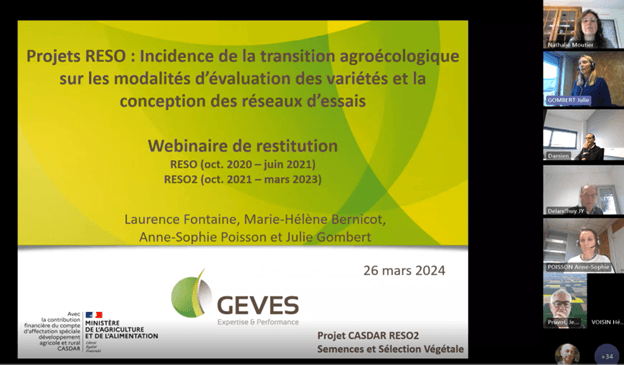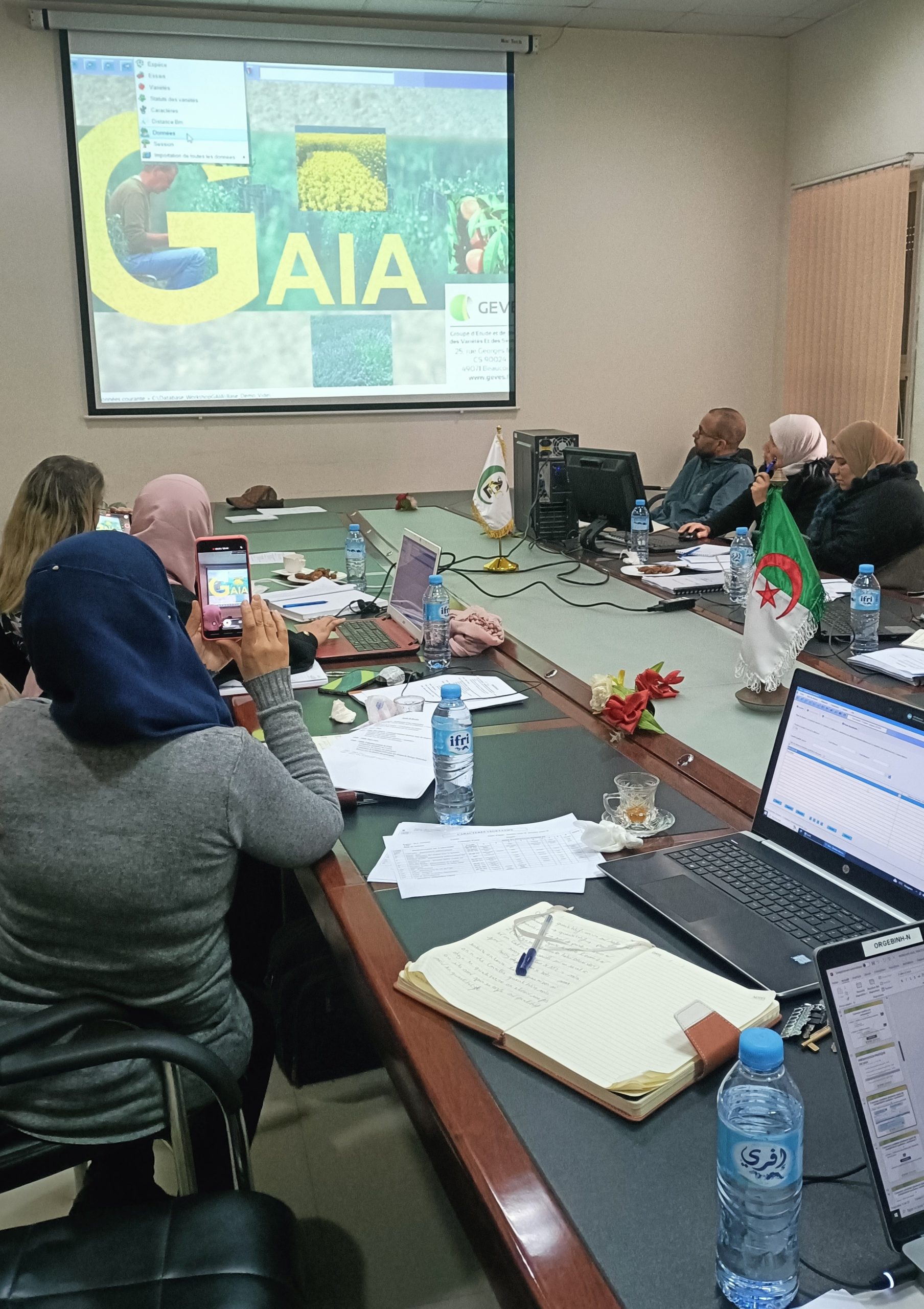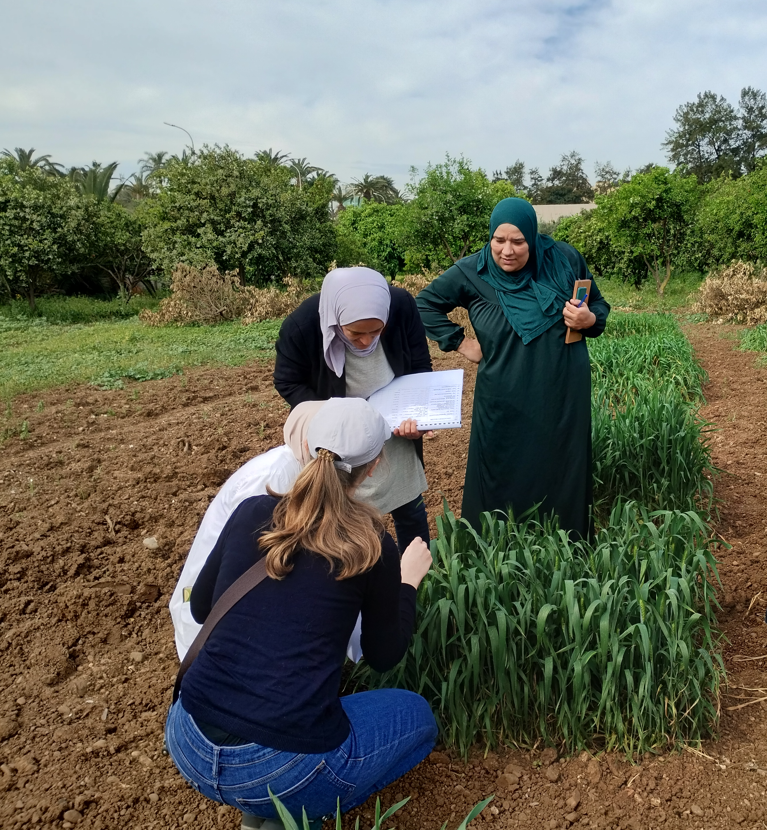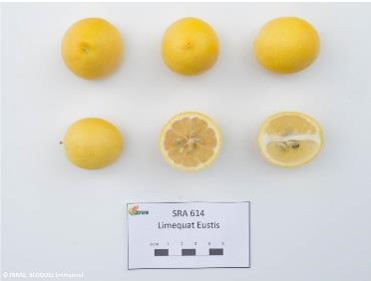
An epidemiological monitoring platform in Europe for cereal rusts
The European H2020 Rustwatch project began on 1 May 2018 for a period of 4 years. Its objective is to develop an epidemio-surveillance system for the early monitoring of rust in cereals, based on a multi-network approach and sharing of communication infrastructures to ensure better control of rust breeds in Europe.
For the past three years, GEVES has been managing the European VCU network to collect information on yellow, brown and black rust pressures in Europe and to identify early yellow rust breeds and new virulences, using a harmonised differential host range implemented in untreated VCU trials. This involved 48 sites in 12 countries in 2017, 63 sites in 17 countries in 2018 and since 2019, 83 sites in 17 countries in 2019, and a forecast in 2020 of 78 sites in 21 countries.
Range of differential hosts planted in the field to identify new yellow rust virulences
A protocol has been harmonised at EU level to define the experimental design, the rating scale for rust symptoms, and the rating stages.
In 2019, the Wheat Rust Toolbox database was created with the collaboration of Aarhus University in Denmark to collect visual notations, and produce European maps of virulence, rust pressures and races. All quality-controlled data will be made public, incorporating VCU data with other data, through maps and graphs in RustTracker and on the Global Rust Reference Center (GRRC) website.
http://agro.au.dk/forskning/internationale-platforme/wheatrust/
https://rusttracker.cimmyt.org/
- The SSR analyses carried out in 2018 and 2019 by the GRRC confirm the prevalence of the Warrior – (Pst 10) yellow rust race in the EU VCU network (>50%), with the following virulences: 1,2,3,4,-,6,7,-,9,-,-,17,-,25,-,32,Sp,AvS,-.
- Pathotyping tests by INRA BIOGER have highlighted the appearance of a Warrior-AV17 variant (avirulent on the Yr17 resistance gene) in France since 2017. This variant is probably responsible for the circumvention observed in Nemo in France and Belgium. The 2 Warrior forms – virulent 17 and avirulent 17 were found in comparable proportions in VCU trials in France in 2018. To identify the presence of Warrior-AV17 at EU level, the Nemo variety has been added to the differential host range for 2020 for all 21 countries.
- The Warrior breed (Pst 7) nevertheless remains widely present in France and Europe.
- The Triticale 2015 breed (Pst 13) is particularly predominant in Italy and Spain and is present to a lesser extent in France (INRA results), Belgium and Denmark.
- A new Pst 14 breed has been detected in Spain, Latvia and Denmark.
In this project led by the University of Aarhus in Denmark, it will be important to harmonise the naming of new breeds at EU level.
The reemergence in recent years of black rust in EU countries (Eastern Europe, Sicily, Germany, Spain, …), with several breeds identified by the GRRC, requires vigilance in France regarding its occurrence, and the breeding of resistant varieties.


